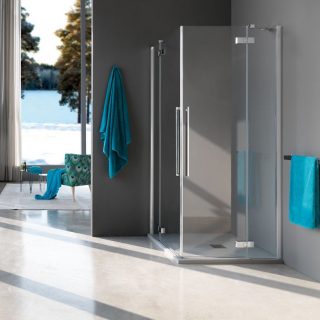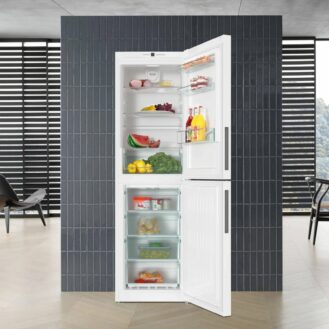One of the most prominent materials used to fabricate shower screens is glass, followed by acrylic, a durable material that is easy to maintain and requires few repairs. Fiberglass is a low-cost material but needs replacing quicker than other materials. As for glass, there are five main subtypes used to produce shower screens. These are standard clear glass, starphire glass, acid-etched glass, sandblasted glass and textured glass. Professionals, bound by law requirements, typically use tempered glass for shower screens. If the screen breaks, the glass crumbles into dull cubes. Regular glass breaks into jagged particles. It is common for shower screen manufacturers to use tempered glass from SECURIT. Each country has its own Building Code with specific requirements.
- Standard clear glass: It is toughened or tempered glass that lets light through which optimizes space. Standard clear glass used for shower screens is glazed, toughened and laminated, with a thickness of 4 or 6 mm. Iron particles found in standard clear glass create a green or blue tint.
- Starphire glass: Most of the iron particles are removed in order to create a more clear glass.
- Acid-etched glass: This is not a clear glass. It creates more privacy; although the silhouettes of those in the shower can still be seen from outside the shower. It can be patterned in customized designs for creativity. It requires low maintenance and has a low risk of exhibiting fingerprint marks.
- Sandblasted glass: It has a frosted look and can be made with the level of opaqueness of your choice.
- Textured glass: It is glass that has textured designs for decorative purposes.










Thanks for helping me choose the right shower screens at home. Since I’ll be doing a bathroom remodeling project before summer ends, it’s good that I have read your piece for some inspiration. Considering the small size of my comfort room, I think I might go with your suggestion on picking the sliding style opening system.
I like how you said that glass is a prominent material used for shower screens. That must be because it is a reliable and durable choice. I’ll have to look into getting a glass shower screen for my bathroom.